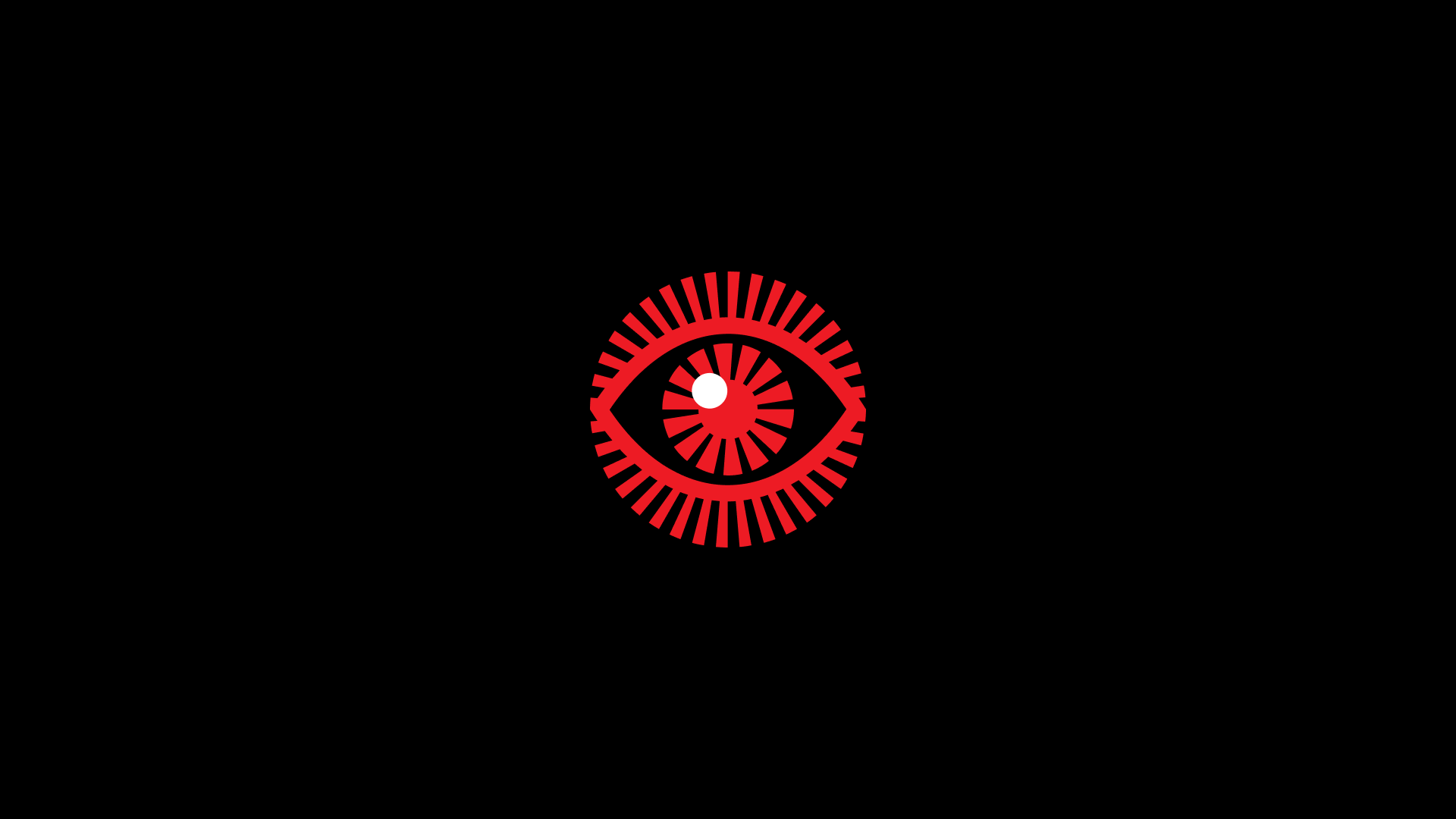In this stage, you’ll define the user problem you want to solve. First, you’ll gather your findings from the empathize phase and start piecing them together. What common themes and patterns did you observe? What user needs and challenges consistently came up?
Once you accumulate the information, you will analyze the observations and synthesize them to define the core problems and formulate what’s known as a problem statement. These definitions are called problem statements, sometimes called point of view (POV) statements, which outline the issue or challenge you seek to address.
As with anything in the design thinking framework, the problem statements should be user-focused. Rather than framing your problem statement as a business goal, like “We need to increase gym membership among those over 50s by 30%,” you need to frame it from the user’s perspective: “Over 50s in London need flexible, affordable access to sports facilities to keep fit and healthy.”
By the end of the define phase, you will have a clear problem statement to guide you throughout the following stages. This will form the basis of your ideas and potential solutions.
Resources
↗ Design Thinking: The Ultimate Guide
↗ Define the Problem and Interpret the Results

